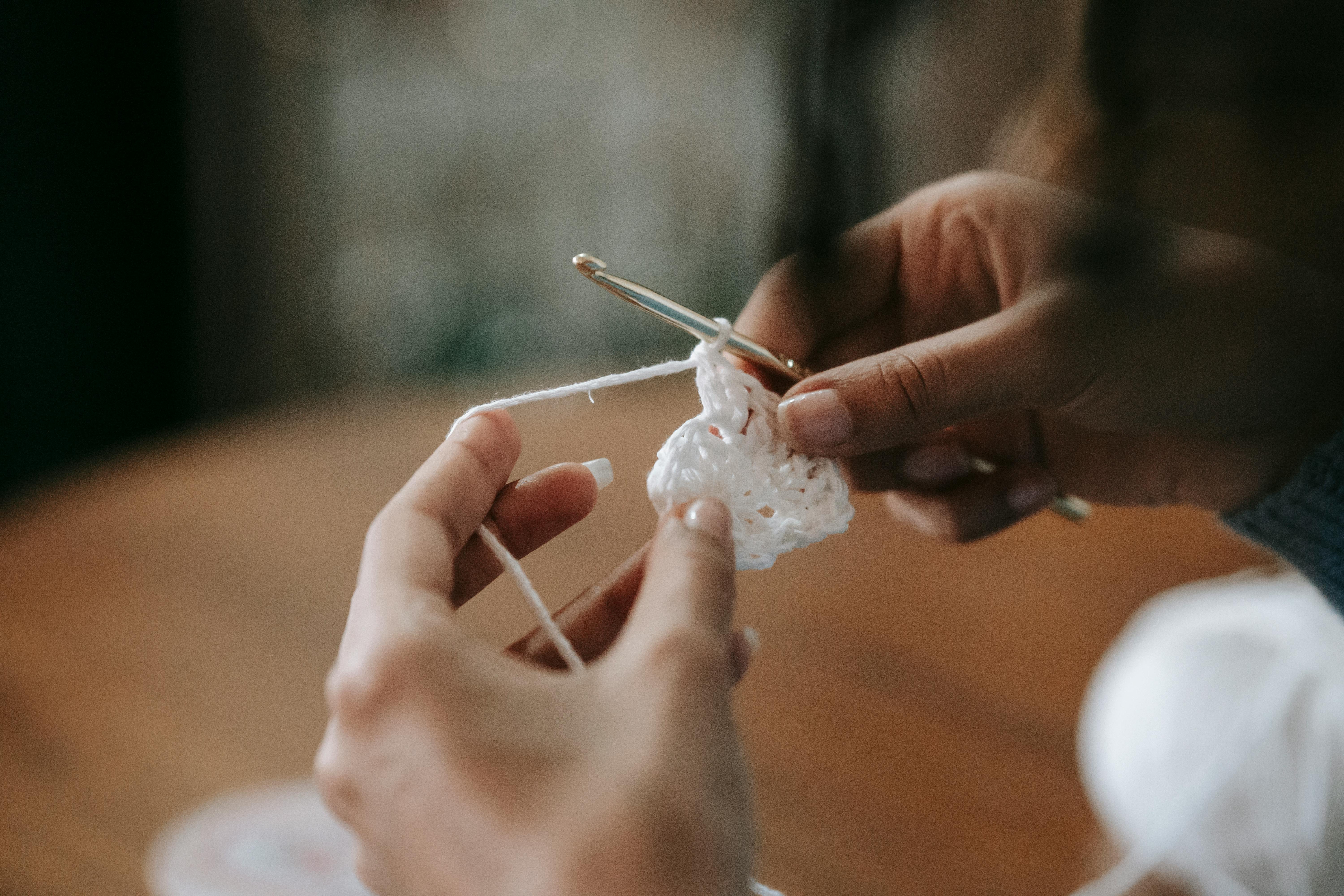
Effective Strategies for Flea Removal in Your Home
Dealing with a flea infestation can be a frustrating experience for any homeowner, especially with the potential health risks they pose to pets and humans alike. Fleas are resilient pests that can quickly invade your home, making effective removal strategies essential. In 2025, understanding how to effectively get rid of fleas requires a comprehensive approach that combines natural remedies, vacuuming techniques, and chemical treatments. This article covers various methods to remove fleas from your house, helping to ensure a flea-free environment.
Moreover, maintaining a flea prevention schedule plays a crucial role in keeping your home free from these pests long-term. From understanding the flea lifecycle to learning effective cleaning techniques, we've compiled strategies that can help you tackle flea infestations head-on. So, whether you're pet owners looking to protect your furry friends or homeowners seeking indoor flea control, this guide will provide you with the essential tools to manage and eradicate fleas effectively.
Key takeaways include natural flea remedies, insights into chemical flea sprays, vacuuming strategies, and pet care tips among others. Let’s dive into effective ways to get rid of fleas in your house.
Understanding the Flea Lifecycle and Behavior
Before employing any flea removal technique, it's vital to understand the flea lifecycle. Fleas go through four life stages: egg, larva, pupa, and adult. Knowing this helps in executing effective flea infestations treatments, as specific methods target different lifecycle stages.
Flea Lifecycle Stages
The flea lifecycle begins with the female flea laying approximately 20-30 eggs daily on your pet or in their resting area. Eggs can fall off onto carpets, furniture, and pet bedding. The larvae hatch within a week and feed on organic debris, including flea feces. After a few weeks, they spin cocoons and enter the pupa stage, where they can remain dormant for months before emerging as adults.
Understanding Flea Behavior
Fleas are nocturnal and agile creatures that prefer warm, dark environments. This often leads them to hide within carpets, upholstery, and bedding. Understanding their habitat preferences helps in creating effective flea traps and target cleaning strategies, as these areas are prime locations for flea eggs removal.
The Role of Environmental Factors
Humidity and temperature significantly impact flea activity and lifecycle progression. Warm and humid conditions promote faster reproduction, leading to peak flea populations during summer months. Implementing seasonal flea control measures becomes crucial to prevent infestations.
By grasping flea behavior and lifecycle stages, homeowners can better prepare for effective removal and control tactics. This sets a strong foundation as we explore practical applications in the next sections.
Effective Vacuuming Techniques for Flea Control
Vacuuming for fleas is one of the most effective ways to reduce their population within your home. Regular vacuuming disrupts the flea lifecycle by removing adult fleas, larvae, and eggs from carpets and other surfaces.
Vacuuming Frequency and Patterns
To effectively combat fleas, it's recommended to vacuum multiple times a week, focusing on areas where pets spend the most time. Employ a systematic approach, paying attention to corners, under furniture, and around pet beds. Dispose of the vacuum bag immediately to prevent reinfestation.
Vacuum Cleaner Maintenance
Regular maintenance of your vacuum cleaner is essential. Clean filters and brushes to ensure the device operates efficiently, trapping even the smallest fleas and eggs. Consider using vacuum cleaner models equipped with HEPA filters for improved efficacy against allergens and pests.
Utilizing Vacuuming Alongside Other Methods
While vacuuming is effective, combining it with other flea control methods provides enhanced results. Good synergy with flea traps, washing bedding for fleas, and pet treatments contributes to an integrated flea management program.
With vacuuming established as a crucial element in flea removal, we now transition to exploring the role of natural remedies in managing flea infestations.
Natural Flea Remedies for Household Use
Natural flea remedies are an excellent addition to your flea control strategy, especially for those seeking pet-safe solutions. These methods often incorporate household ingredients that can effectively repel or kill fleas.
Using Essential Oils for Fleas
Essential oils such as lavender, citrus, and peppermint can be effective natural repellents. Mixing a few drops with water in a spray bottle allows you to create a homemade flea spray. Be cautious; always test a small area first and consult with your veterinarian before applying any oils directly to pets.
Diatomaceous Earth for Flea Control
Diatomaceous earth (DE) is a fine powder made from fossilized algae that can be sprinkled in areas where fleas are prevalent. It works by dehydrating fleas upon contact. Choose food-grade DE for safety around pets and follow application guidelines for best results.
The Power of Homemade Flea Traps
Certain DIY traps can offer cost-effective flea control. Mixing dish soap and water in shallow dishes and placing them near light sources can attract and catch fleas. This method not only helps reduce the flea population but also provides a visual indicator of the infestation level.
These natural approaches bolster your flea management efforts and are ideal for maintaining a safe home environment. Next, we will transition into the effectiveness of chemical treatments and sprays.
Comparing Chemical Flea Sprays and Treatments
While natural remedies can be effective, some situations demand more aggressive tactics, particularly when dealing with a severe flea infestation. Chemical flea sprays and treatments are powerful tools that can be deployed strategically for rapid results.
Popular Chemical Flea Sprays
Commercial flea sprays are formulated to eliminate fleas quickly. Options like pyrethrin-based and fipronil sprays target adult fleas effectively. Apply these according to instructions and ensure pets are removed from the treated area to prevent exposure to harmful chemicals.
Flea Foggers and Indoor Control
Flea foggers or bug bombs provide an effective indoor flea control option for large infestations. These products release pesticides that permeate your home, reaching infested areas. As with sprays, clear the area of pets and follow safety precautions diligently.
Pet-Safe Flea Treatments
Pursuing flea treatments for pets encompasses a range of options including flea collars, shampoos, and topical medications. Consult your veterinarian to select the appropriate treatment for your pets based on their health and weight. Regular grooming and checking for fleas after treatment can enhance effectiveness.
Once you’ve weighed your options on chemical treatments, it’s time to shift focus toward preventative measures to maintain a flea-free home.
Essential Flea Prevention Tips for Homeowners
Flea prevention is key to maintaining a long-term pest-free environment. Implementing a proactive flea control schedule helps to avert infestations before they begin.
Regular Cleaning and Pet Grooming
Frequent washing of pet bedding and toys is critical in flea management. Aim to wash these items weekly using hot water, which effectively kills any fleas or eggs. Regular grooming sessions, incorporating a flea combing technique, can also identify and remove fleas from pets before they can reinfest your home.
Using Flea-Repellent Plants
Certain plants, such as rosemary and mint, can naturally repel fleas. Incorporating these plants indoors or around your yard supports an integrated pest management strategy.
Decluttering and Yard Control
Keeping your home tidy reduces places where fleas can hide. Additionally, applying yard treatments with eco-friendly pesticides or maintaining a well-mowed lawn minimizes adult flea habitats, further reducing the risk of infestation.
By implementing these prevention strategies, you can significantly reduce the potential for fleas to invade your home. As we wrap up this guide, let’s address common questions regarding flea control.
Frequently Asked Questions about Flea Control
What are the signs of a flea infestation?
Common signs include seeing fleas on pets, finding flea dirt (flea feces resembling black pepper) in pet bedding, and experiencing flea bites on you or your family. Early detection is crucial for effective control.
How often should I vacuum to prevent fleas?
Vacuuming should be done at least three times a week during peak season to disrupt the flea lifecycle. Frequent vacuuming helps in removing eggs and larvae before they can develop into adults.
Are natural remedies effective against fleas?
Yes, many natural remedies can be effective, particularly when used in combination with other methods. Essential oils and diatomaceous earth can help control flea populations safely.
When should I consider professional pest control?
Consider professional extermination if home remedies fail or if the infestation is extensive. Pest control experts can assess the situation and provide targeted treatments effectively.
How can I prevent fleas from coming back?
Implement a routine flea control plan, including regular cleaning, using preventative products for pets, and maintaining your yard. Coordinating these strategies significantly lowers the chance of reinfestation.

